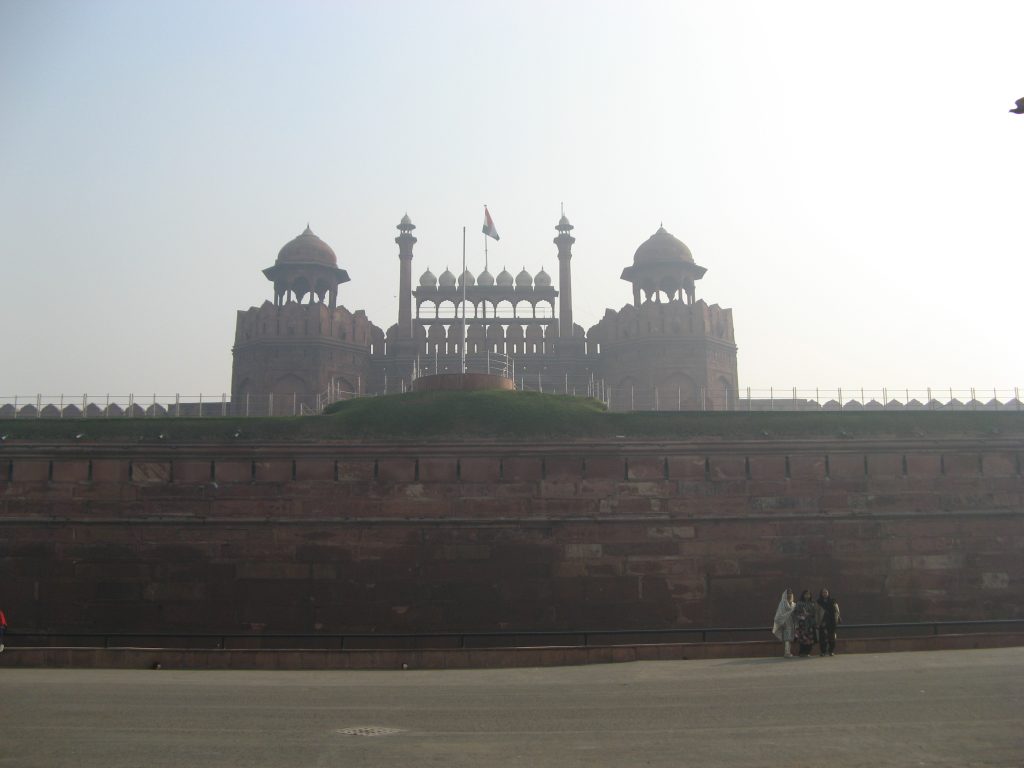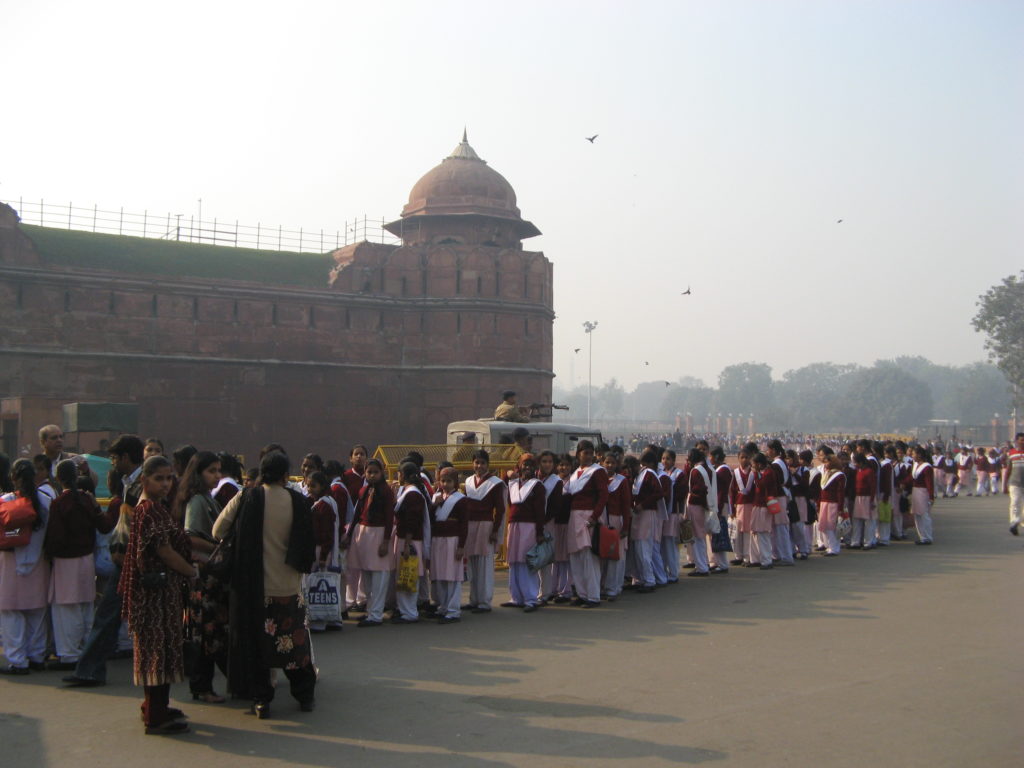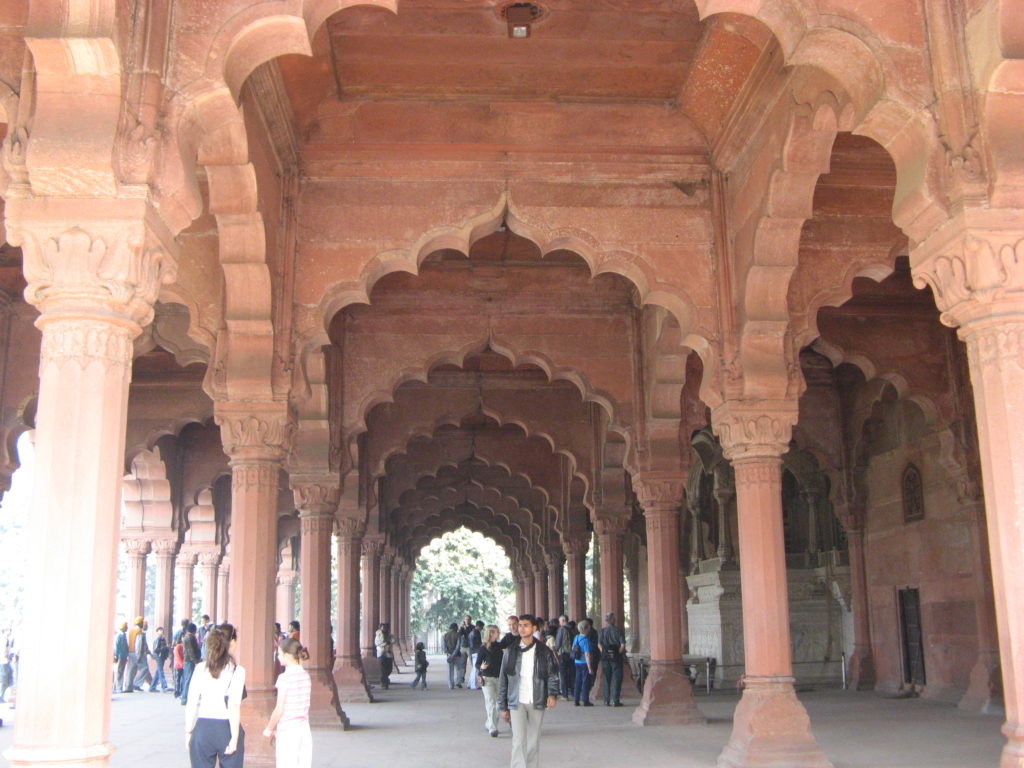
The Red Fort – Lal Quila – is literally red as it is constructed of red sandstone. It was built from 1639 until 1648 – within nine years. Mughal emperor Shah Jahan (1628-1658) had it built. It is the very same emperor, who had the famous Taj Mahal in Agra built, too. However, this fort in New Delhi he had built as a royal residence within his new capital of Shahjahanabad. He had this new capital, characterized by uniform plan – urban project with broad streets, constructed near from Delhi. White marble palaces were set into green gardens. And this fort is a part of this new capital. Two famous architects – Ustad Hamid and Ustad Ahmad – were associated with its construction. The Red Fort symbolized the seat of power for the mughal rulers and then also the seat of power of the British Empire in India, until the new buildings were constructed to house the administrative offices in the Lutyens´Delhi.
The British Empire occupied the fort after the India´s First War of Independence in 1858. The British army continued to occupy the Red Fort until 15th August 1947 when the National Flag of India was hosted here for the first time when India gained Independence on this day. The Indian army took over the Red Fort as a military garrison. The Indian army units continued to stay here until it was vacated in December 2003 and handed over to the Ministry of Tourism and Culture to facilitate restoration works of the monument. National interest came first – with the aim to revive its old glory and to represent rich Indian architecture and history as it has a special place in history of India.
The Red Fort ranks among the most magnificent monuments of New Delhi and India.




